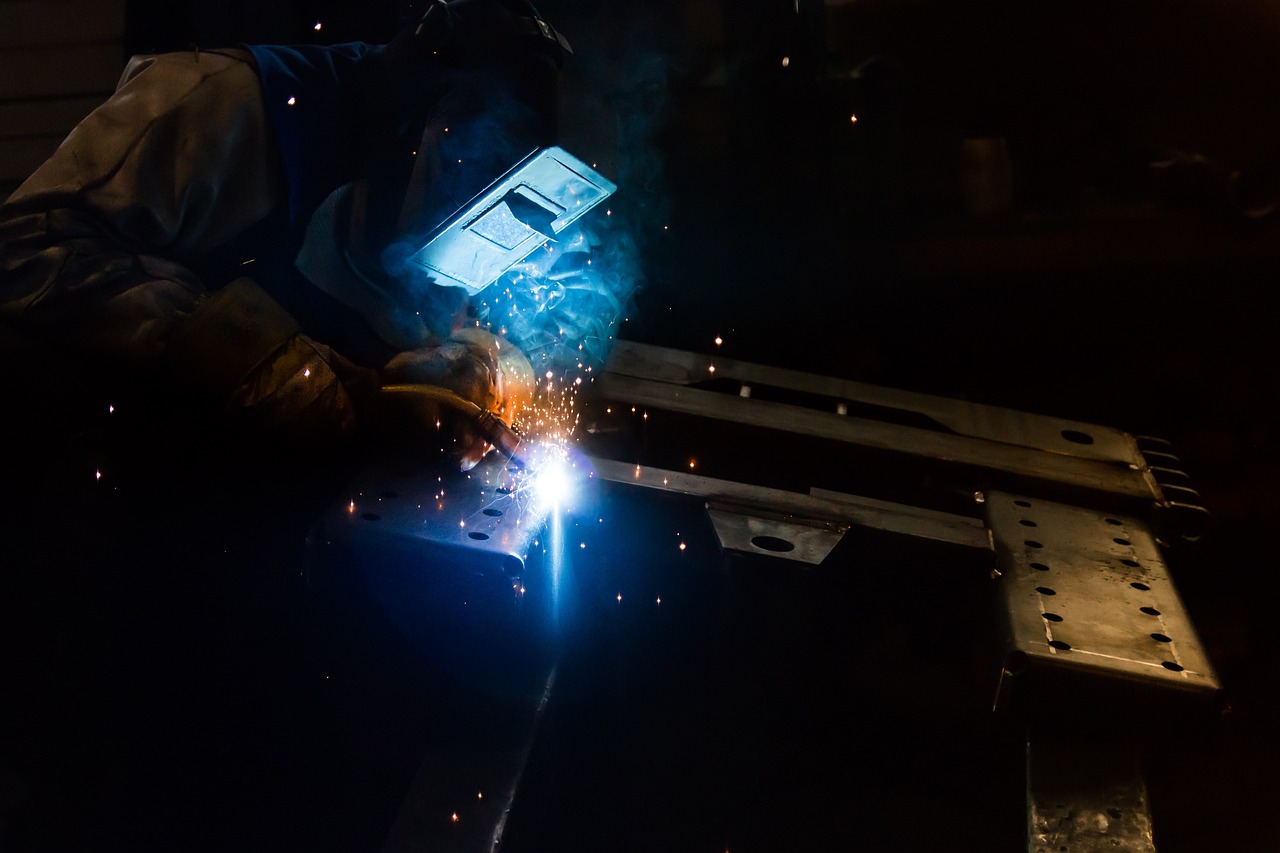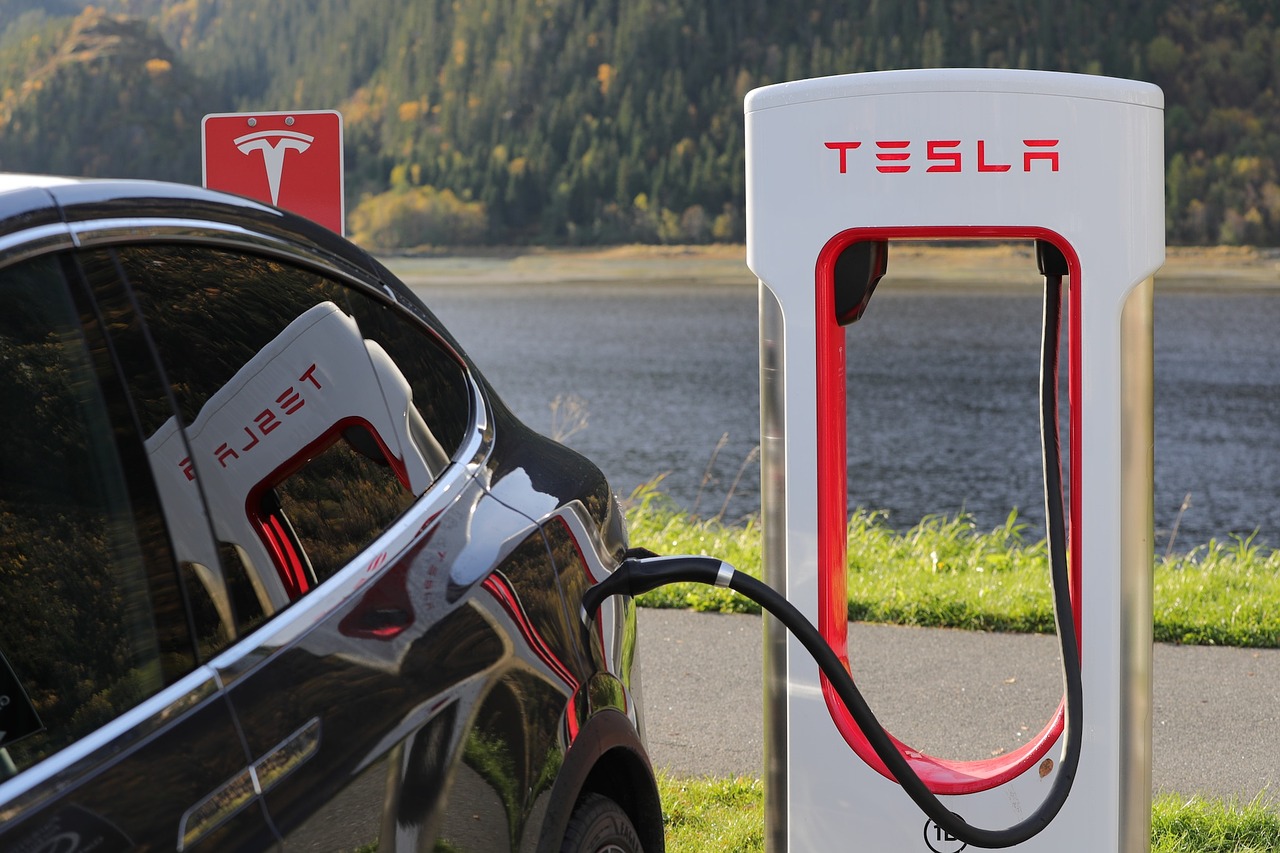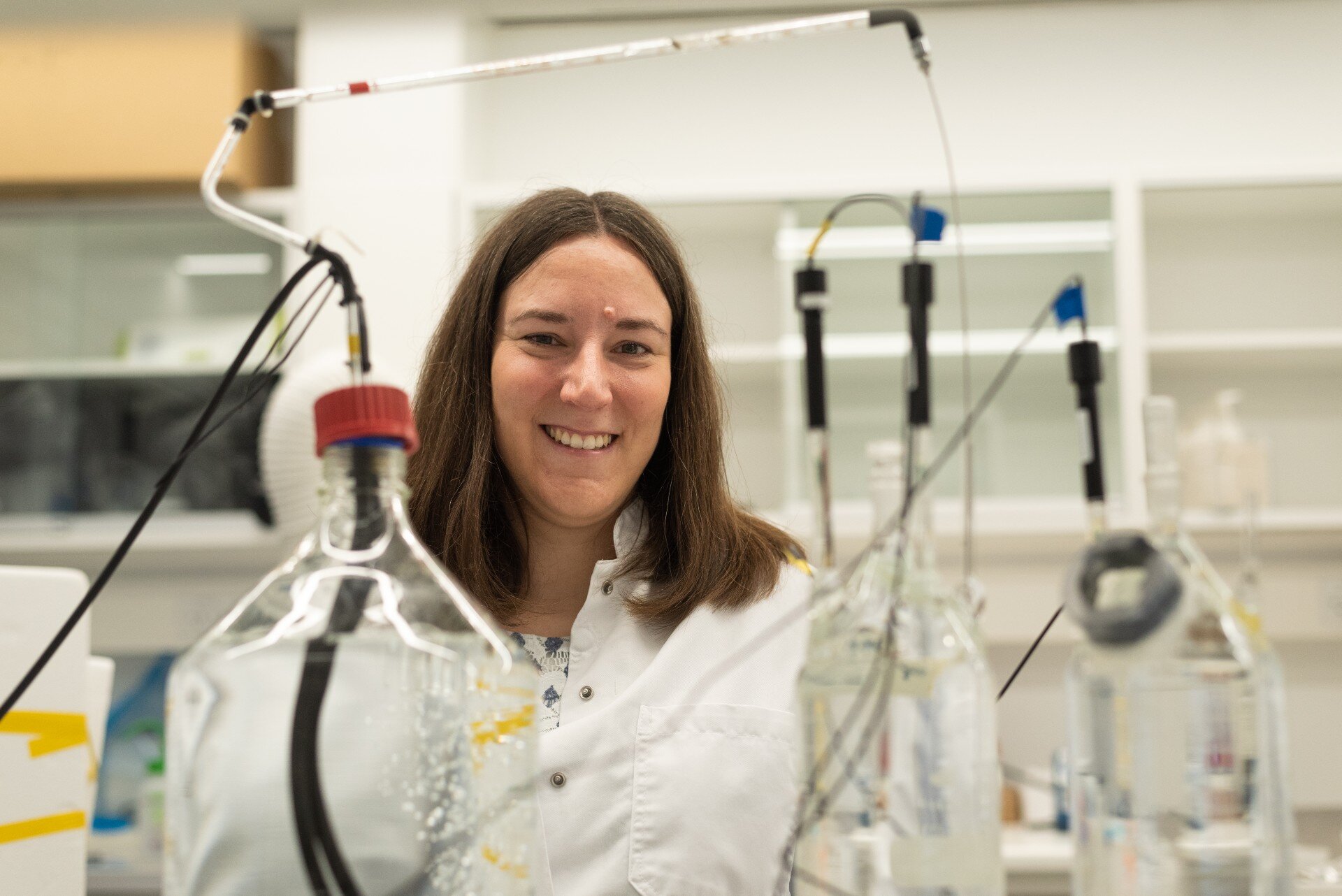IndustryTap reported on one of the first airline crashes, a midair collision in 1960, also known as the Park Slope Disaster, which used one of the first black boxes ever installed on a plane. According to flight data, fog and sleet made navigation difficult causing the plane to wander off course, resulting in a midair collision that rained debris down on crowded Brooklyn streets.
New Technology Needs Black Boxes Too
The recent fatality allegedly involving a Tesla Model S vehicle’s autopilot technology has many, especially Tesla, in damage control mode. In a second fatal accident involving a Tesla, shortly after the first, the company reported that its information, gathered wirelessly and remotely, showed the autopilot wasn’t engaged at the time of the accident. Perhaps the problem with the Tesla approach is that its system is internal and therefore could be tinkered with. Obviously, with the recent fiasco at Volkswagen, even famous, well-established companies can’t be trusted.
Autonomous Vehicle Manufacturers to Install Black Boxes
Nothing could be worse for the fledgling electric car industry than class-action lawsuits over faulty technology that leads to death. Penalizing companies based on little or no information is not a good situation either.
For this reason, automobile manufacturers and the governments that regulate them, Germany for example, are planning legislation to require manufacturers of cars with autopilot to also install a black box to help determine the cause of an accident. These black boxes will be collected by police at the scene and sent to independent labs so that the cause of accidents can be determined.






